Creating a budget is simple once you know a few basic categories and best practices. It’s sticking to a budget that’s tough, but writing one down is an important first step. After all, it’s much less likely you’ll stay on track with a financial plan or achieve long-term goals if you don’t at least have a working draft on paper. So, where do you start making a household budget? Here are four essential building blocks.
Track money coming in. Before we know how much you have available to spend, we must know all sources of recurring income. It’s important to track not only your annual salary but also the monthly or bi-monthly amount on your paycheck after taxes and deferrals. Be sure to factor in other sources of income, too. Do you receive recurring royalties or have a side-hustle that adds to your income? Are Social Security payments or withdrawals from a retirement account coming in regularly? Jot them all down on paper or in an Excel spreadsheet, and total your monthly income.
Identify fixed expenses. Most of us have recurring expenses that don’t change from month to month. Costs for your mortgage, loan payments, insurance premiums and subscription services typically remain the same over the course of a year and should be built into your household budget. Although you don’t have control over the amount, you might have flexibility in the timing. Pay attention to the date you receive paychecks and the due or auto-pay dates of your fixed expenses. Especially if you get paid twice a month, you’ll want to adjust payment dates to pull from each paycheck as evenly as possible or you’ll find certain times of the month tighter than others. Audit fixed expenses on your bank statements at least annually. Has the amount changed? Do you still need all of those subscriptions? Consider financial housekeeping a part of your New Year’s resolutions or spring cleaning, and adjust your budget when needed.
Estimate fluctuating expenses. We all have other expenses that must be paid each month, but the amount varies. This includes bills like gas and electric as well as how you use discretionary resources. Groceries, eating out, car maintenance and home improvements are a part of life, but you should have control of how much and when that money is spent. These need to have a place in your household budget to understand your monthly expenses, but how do you accurately determine what to allocate? I recommend searching historical amounts via online banking and taking the average of 12 months’ costs. That gives you a baseline expense to build into your budget, but know that it will flex from month to month.
Set reminders. Creating a budget isn’t helpful if you set it and forget it. It’s a guide for how your household money is spent, but you have to remember to reference it regularly to stay on track. Keep it as a note on your phone. Print and hang it on your fridge. Apps like Mint or Quicken can help you track spending in certain categories, but always read the fine print on how your personal information might be used or shared. Our eMoney client portal includes a complimentary budget-tracking tool that allows you to set restrictions for what information is visible to other parties, even your financial advisor. For many of us, the hardest area to stay on-budget is discretionary expenses. So, if you struggle to keep up with entertainment costs, for example, take that portion of the budget out in cash. Sometimes it’s easier to monitor a line item when you can watch money deplete tangibly. Because when the cash for that month is gone, it’s gone. I’ve also seen people establish separate checking accounts for their fixed and fluctuating expenses. Bills auto-withdrawal from the fixed checking account, and the debit card used for other expenses is tied to the fluctuating account, which makes it easier to monitor what’s left to spend each month.
These four steps will help you build an accurate household budget, and with some coaching and accountability, we’ll aim to help you stick to it. I’m always surprised that few people have taken the time to put a personal budget on paper. Maybe you’ve put it off because it seems so easy that there’s no need to have it in writing. Or maybe you think ignorance is bliss. In 2020, let’s make sure you have a clear picture of where your money’s coming from and going now, so we don’t have to alter the plan for the future you want most.
Blog by Colin Feller, Wealth Advisor.
Category: Financial Service Team




